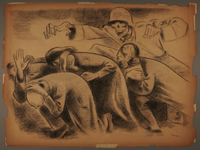Overview
- Credit Line
- United States Holocaust Memorial Museum Collection, Gift of George Wachtel
- Contributor
-
Artist:
Roman Wachtel
Artist: William Wachtel
- Biography
-
Roman Watchel was born in 1905 in Lwow, Poland (now L'viv, Ukraine). His father Wolf (Wilhelm) Watchel was a fairly well known painter of portraits and Jewish subjects. The family moved to Vienna, Austria, in 1916 or 1917. Roman showed a facility for drawing as a child and, when he was fourteen, he was admitted to the Vienna Academy of Applied Arts, where he studied painting, graphic design, and architecture. He designed and executed sets for the theater of Max Reinhardt. During the 1920s and early 1930s, Roman was a successful graphic designer, creating logos, advertisements, and posters for well known European companies. He also maintained a second career as a painter, with regular shows in Vienna. Influenced by the virulent anti-Jewish policies of Nazi Germany, many Austrian art institutions removed works by Jewish artists, including Roman's work, in th late 1930s. Roman thought the antisemitic fervor would eventually subside. His wife Friederike thought otherwise, and at her insistence, the Wachtel family fled Vienna in 1938, just days before the arrival of German troops on March 12. The next day, Hitler announced the annexation of Austria into the German Reich. Unable to get immigration visas. Roman and his family spent the war hidden in Belgium. Their son George was placed in an orphanage under an assumed identity. Roman and his wife lived in an abandoned farm cottage near the village of Ohain, a few miles outside of Brussels. They were in terror of collaborators and German patrols, so from 1941 to 1945 they lit no fires or lights, showed no signs of their presence, and ventured out only at night. A few farmers who knew of them provided subsistence. During the war, the Wachtels' son, George, was kept in a Brussels orphanage under an assumed identity. Roman obtained a few scraps of wallpaper and charcoal and began to sketch moments and impressions of life in the cottage towards the end of the war in May 1945. From 1945 to 1947, Roman repaid the kindness of the villagers who had protected and fed him and his wife by painting many portraits. The family emigrated to New York in 1947. Roman continued painting and drawing prolifically, and his style evolved from near naturalism to non-objective abstraction. He earned some recognition, but never again the success he had enjoyed in prewar Europe. Many years later, his son George visited the village of Ohain, now a wealthy suburb of Brussels, and discovered that the portraits his father had done were still cherished and that his father's name was still remembered. Roman retired to Woodstock, New York, after his wife died in 1973. Roman, 80, passed away in New York City in 1985.
Physical Details
- Classification
-
Art
- Category
-
Paintings
- Object Type
-
Gouache painting (lcsh)
- Physical Description
- One of 105 artworks created by the donor's father Roman Wachtel and grandfather William Wachtel.
- Materials
- overall : paper, gouache
Rights & Restrictions
- Conditions on Access
- No restrictions on access
- Conditions on Use
- No restrictions on use
Administrative Notes
- Legal Status
- Permanent Collection
- Provenance
- The gouache painting was donated to the United States Holocaust Memorial Museum in 1999 by George Wachtel, the son of Roman Wachtel.
- Record last modified:
- 2024-04-29 07:56:07
- This page:
- https://collections.ushmm.org/search/catalog/irn13162
Download & Licensing
In-Person Research
- By Appointment
- Request 21 Days in Advance of Visit
- Plan a Research Visit
- Request to See This Object
Contact Us
Also in Roman Wachtel collection
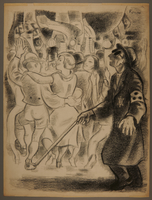
Drawing
Object
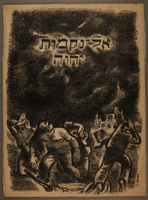
Drawing
Object
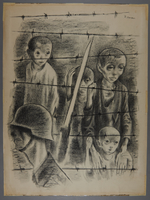
Drawing
Object
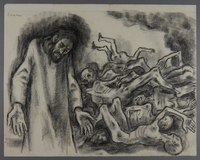
Drawing
Object
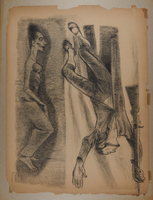
Drawing
Object
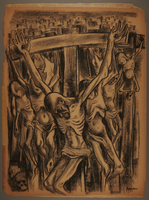
Charcoal drawing of skeletal crucified prisoners
Object
Charcoal drawing created by Roman Wachtel of emaciated prisoners in a concentration camp.
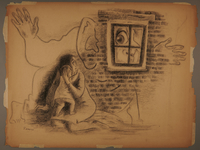
Drawing
Object
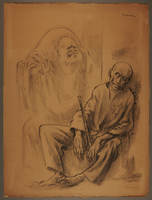
Drawing
Object

Drawing
Object
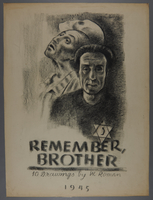
Drawing
Object
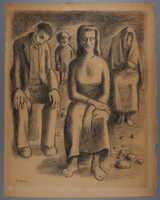
Drawing
Object
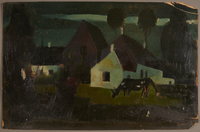
Drawing
Object
Drawing
Object
Drawing
Object
Drawing
Object
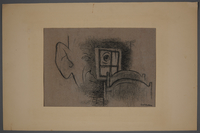
Drawing
Object
Drawing
Object
Drawing
Object
Gouache
Object
Drawing
Object
Gouache
Object
Gouache
Object
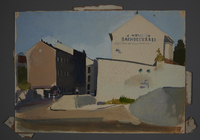
Gouache
Object
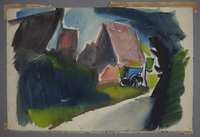
Gouache
Object
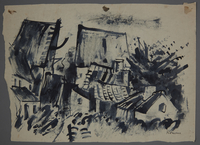
Gouache
Object
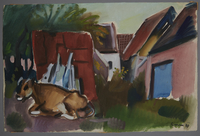
Gouache
Object
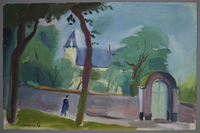
Gouache
Object
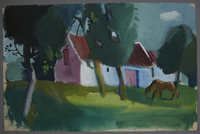
Gouache
Object
Gouache
Object
Drawing
Object
Drawing
Object
Drawing
Object
Watercolor
Object
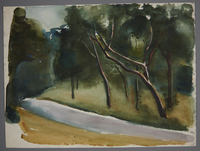
Watercolor
Object
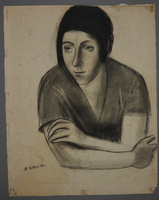
Drawing
Object
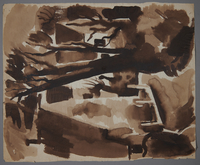
Watercolor
Object
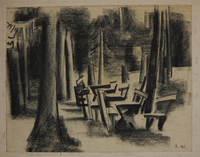
Gouache
Object
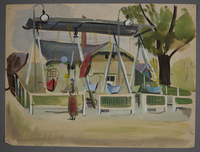
Gouache
Object
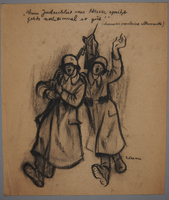
Drawing
Object

Gouache
Object
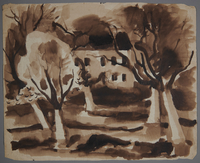
Watercolor
Object
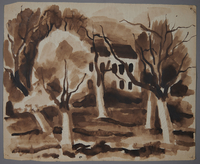
Watercolor
Object
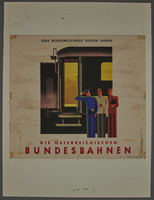
Flier
Object
![[Newspaper] [Newspaper]](https://www.ushmm.org/media/emu/get?irn=13137&mm_irn=50028&file=secondary)
[Newspaper]
Object
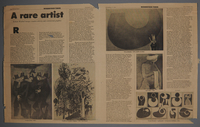
Newspaper article
Object
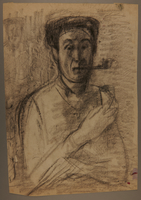
Drawing
Object
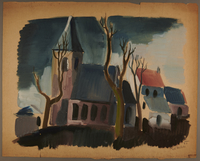
Gouache
Object
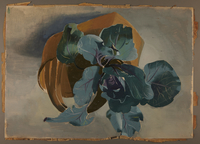
Gouache
Object
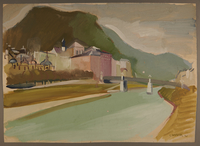
Gouache
Object
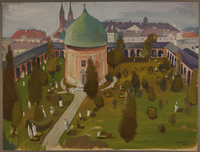
Gouache
Object
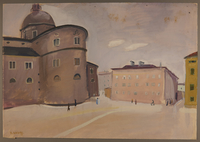
Gouache
Object
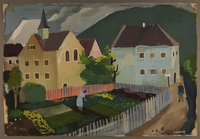
Gouache
Object
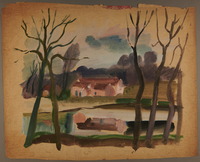
Gouache
Object
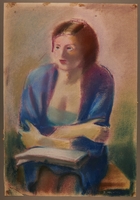
Pastel
Object

Drawing
Object
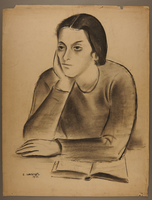
Drawing
Object
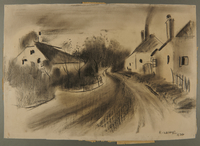
Drawing
Object
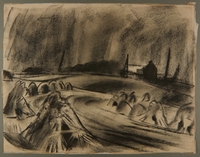
Drawing
Object
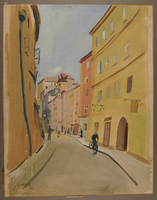
Gouache
Object
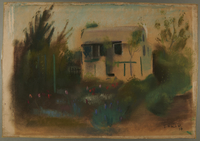
Pastel
Object
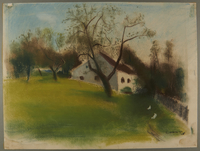
Pastel
Object
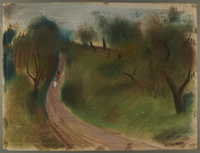
Pastel
Object
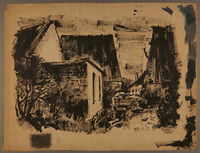
Drawing
Object
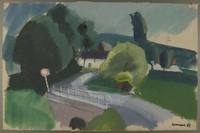
Gouache
Object

Drawing
Object
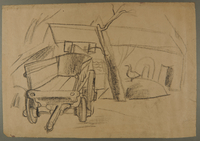
Drawing
Object
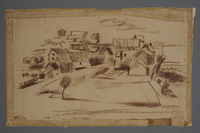
Pastel
Object
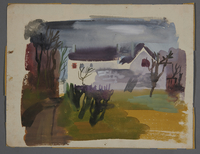
Watercolor
Object
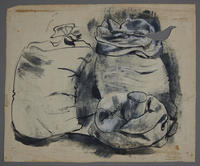
Watercolor
Object
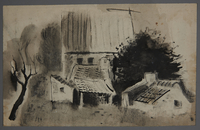
Drawing
Object
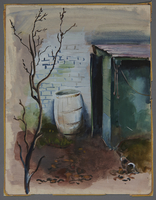
Watercolor
Object

Watercolor
Object
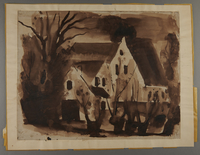
Watercolor
Object
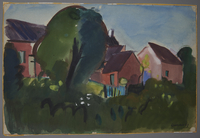
Watercolor
Object
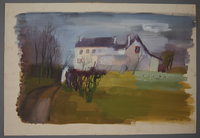
Watercolor
Object
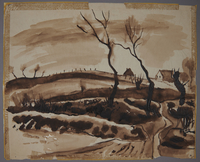
Watercolor
Object
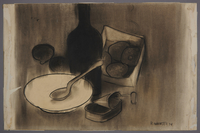
Drawing
Object

Gouache
Object

Drawing
Object
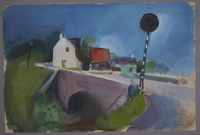
Watercolor
Object
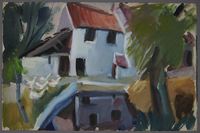
Gouache
Object
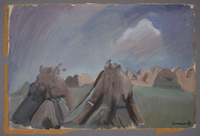
Gouache
Object
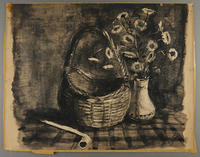
Watercolor
Object
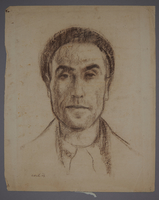
Pastel
Object
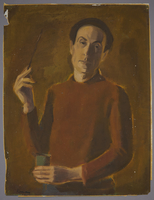
Gouache
Object
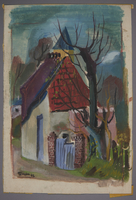
Gouache
Object
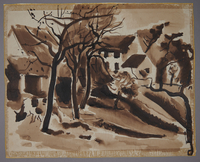
Watercolor
Object
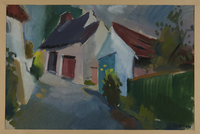
Gouache
Object
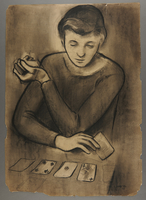
Drawing
Object
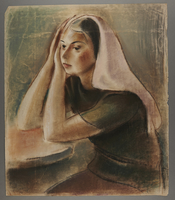
Pastel
Object
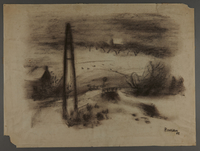
Pastel
Object
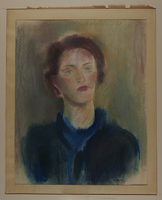
Pastel
Object
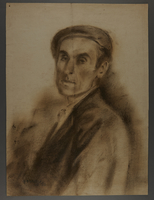
Pastel
Object
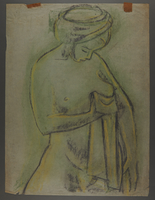
Pastel
Object
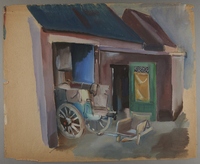
Gouache
Object
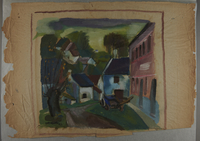
Gouache
Object
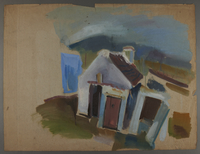
Gouache
Object
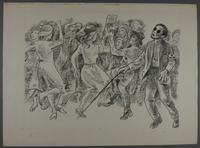
Drawing
Object
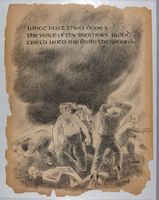
Drawing
Object
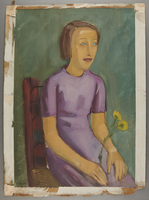
Gouache
Object
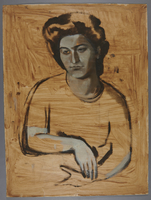
Drawing
Object
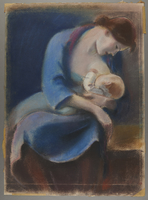
Gouache
Object

Drawing
Object
Drawing
Object
Poster
Object
[Magazine]
Object
Gouache
Object

